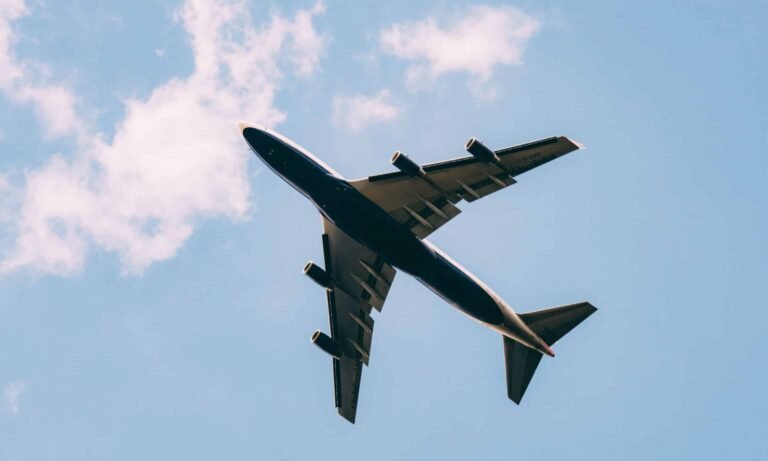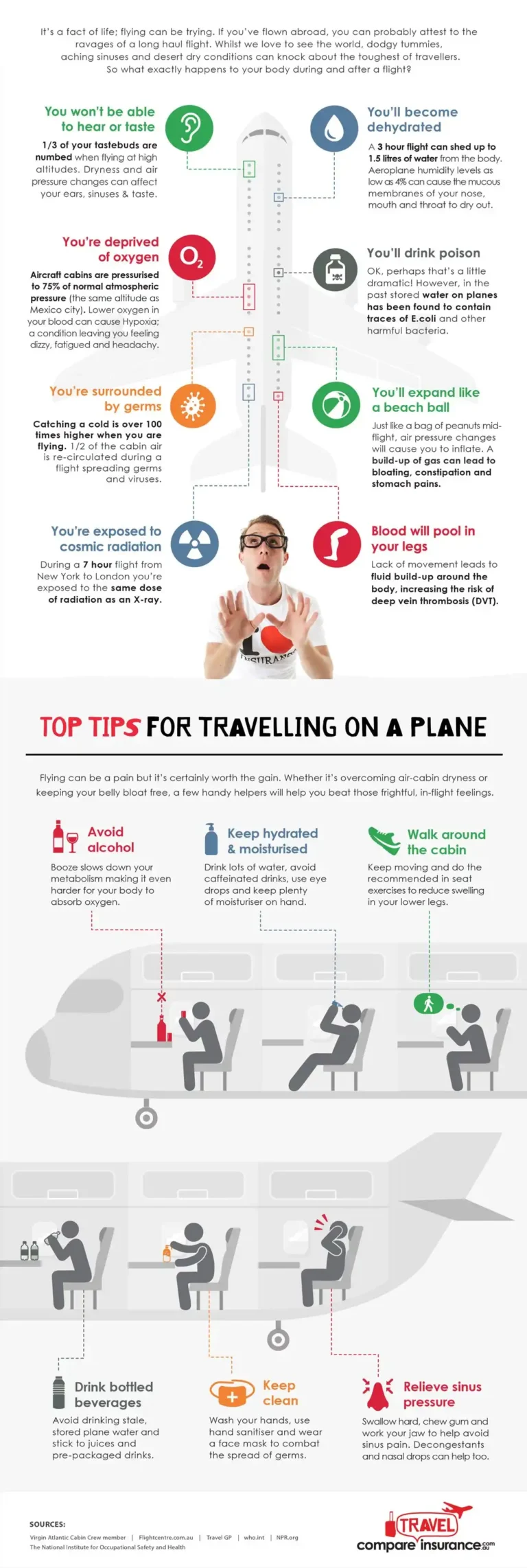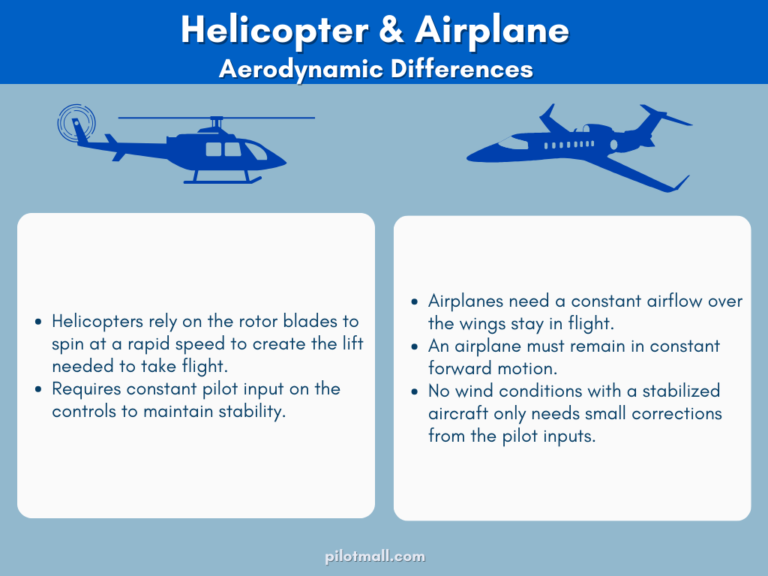What is the Difference between Airplane Mode And Roaming off
Airplane Mode and Roaming Off are common smartphone settings. They both control connectivity but serve different purposes.
Understanding the difference between Airplane Mode and Roaming Off helps in managing your phone’s functions better. Airplane Mode disables all wireless communications, including calls, texts, Wi-Fi, and Bluetooth. Roaming Off, on the other hand, prevents your phone from connecting to foreign networks when you’re abroad, avoiding extra charges.
Knowing when and why to use these settings can save battery life and avoid unwanted costs. This blog will explain these features in detail, helping you use your phone more effectively.
Functionality
Understanding the difference between Airplane Mode and Roaming off is essential for managing your phone’s connectivity and data usage. Both features help control your phone’s network connections, but they serve different purposes.
How Airplane Mode Works
Airplane Mode is a setting on your phone that disables all wireless connections. This includes:
- Cellular networks
- Wi-Fi
- Bluetooth
- GPS
When you enable Airplane Mode, your phone stops sending and receiving signals. This feature is crucial for safe air travel. It also helps save battery life and reduces distractions.
To turn on Airplane Mode, follow these steps:
- Go to your phone’s settings.
- Look for the Airplane Mode option.
- Toggle the switch to turn it on.
Your phone will show an airplane icon on the status bar when Airplane Mode is active.
How Roaming Off Works
Roaming off is a feature that controls your phone’s data connection while traveling. When you travel outside your network provider’s area, your phone connects to other networks. This is called roaming. Roaming can incur extra charges.
Turning off roaming prevents your phone from using other networks. This helps avoid unexpected fees. You can still use Wi-Fi and other offline apps.
To turn off roaming, follow these steps:
- Open your phone’s settings.
- Go to the Cellular or Mobile Data section.
- Find the Data Roaming option.
- Toggle the switch to turn it off.
Your phone will show a notification if you attempt to use data while roaming is off.
| Feature | Airplane Mode | Roaming Off |
|---|---|---|
| Purpose | Disable all wireless connections | Prevent data usage while roaming |
| Connectivity | No connectivity | Local network connectivity only |
| Battery Saving | Yes | No |
| Travel Use | Air travel | International travel |
Use Cases
Understanding the specific use cases for Airplane Mode and Roaming Off can help you manage your mobile device better. These settings are useful in different situations. Knowing when to use each can save battery life and avoid unwanted charges.
When To Use Airplane Mode
Airplane Mode disables all wireless connections on your device. This includes cellular, Wi-Fi, Bluetooth, and GPS. Here are some scenarios to use Airplane Mode:
- During Flights: Federal regulations require wireless devices to be in Airplane Mode.
- Saving Battery: It conserves battery by turning off power-hungry features.
- Reducing Distractions: You won’t get calls, texts, or notifications.
- Improving Focus: Ideal for meetings or study sessions.
When To Use Roaming Off
Roaming Off restricts your device from using other networks when you are outside your carrier’s coverage. This is particularly useful in the following situations:
- Traveling Abroad: Avoids high charges from international networks.
- Preventing Extra Costs: Stops your phone from connecting to partner networks.
- Conserving Data: Limits data usage to your home network only.
Here is a quick comparison table for clarity:
| Feature | Airplane Mode | Roaming Off |
|---|---|---|
| Disables Cellular | Yes | No |
| Disables Wi-Fi | Yes | No |
| Disables Bluetooth | Yes | No |
| Disables GPS | Yes | No |
| Prevents Roaming Charges | No | Yes |
Impact On Connectivity
Understanding the impact on connectivity between Airplane Mode and Roaming Off is crucial. Both settings influence how your device connects to networks. They affect Wi-Fi and cellular data differently. Knowing these differences can help you manage your phone better.
Effect On Wi-fi
Airplane Mode disables all wireless communications. This includes cellular, Wi-Fi, and Bluetooth. When you enable Airplane Mode, your phone’s Wi-Fi is turned off. You can manually turn Wi-Fi back on if needed. This allows you to connect to wireless networks while keeping other signals off.
Roaming Off impacts only your cellular connection. It does not affect your Wi-Fi. You can still connect to Wi-Fi networks to access the internet. This is useful when traveling abroad, as Wi-Fi is often available in public places.
Effect On Cellular Data
Airplane Mode disables all cellular connections. This means no calls, texts, or mobile data. Your phone cannot connect to any cellular network. This is useful during flights or in areas where you need to save battery.
Roaming Off, on the other hand, stops your phone from connecting to foreign networks. You will not use data or incur charges from roaming. Your phone will connect only to your home network. This setting helps avoid unexpected charges while traveling.
| Feature | Airplane Mode | Roaming Off |
|---|---|---|
| Wi-Fi | Disabled (can be re-enabled) | Unaffected |
| Cellular Data | Disabled | Disabled only on foreign networks |
| Bluetooth | Disabled (can be re-enabled) | Unaffected |
Battery Life
Understanding the difference between Airplane Mode and Roaming Off can help you save battery life. Both features impact your phone’s power consumption in different ways. Let’s explore how each setting influences battery life.
Battery Savings In Airplane Mode
Airplane Mode turns off all wireless communications on your phone. This includes cellular, Wi-Fi, and Bluetooth connections. By disabling these functions, your phone conserves energy. It’s because your device stops searching for networks and signals.
When your phone is in Airplane Mode, you can still use it for offline tasks. This includes activities like reading, playing offline games, or using downloaded apps. Here is a quick overview:
- Cellular: Off
- Wi-Fi: Off
- Bluetooth: Off
- GPS: Off (in some cases)
These settings help in reducing battery drain significantly. Especially when you are on a long flight or in an area with no service.
Battery Savings With Roaming Off
Roaming Off disables your phone’s ability to connect to networks outside your home network. It stops your phone from searching for foreign networks. This can save battery because your phone isn’t working hard to find a signal.
When you turn off roaming, only cellular data is affected. Other connections like Wi-Fi and Bluetooth remain active. This allows you to stay connected in other ways while saving battery. Here is a summary:
- Cellular: Limited to home network
- Wi-Fi: On
- Bluetooth: On
- GPS: On
This setting is useful in areas with spotty coverage or to avoid roaming charges. It helps maintain battery life while staying connected through Wi-Fi.
Understanding how these settings work can help you make better choices for battery savings. Both Airplane Mode and Roaming Off offer unique benefits for conserving power.
International Travel
Traveling internationally can be thrilling. You get to experience new cultures, cuisines, and sights. Yet, managing your phone settings can be confusing. Understanding the difference between Airplane Mode and Roaming Off is crucial for a smooth trip.
Benefits Of Airplane Mode Abroad
Enabling Airplane Mode is simple. It turns off all wireless functions on your phone.
- Prevents accidental roaming charges
- Extends battery life
- Allows you to use offline apps
- Ensures you comply with airline regulations
Even in Airplane Mode, you can turn on Wi-Fi. This lets you use internet services in airports, hotels, and cafes. It is especially useful for accessing maps and travel guides.
Benefits Of Roaming Off Abroad
Turning Roaming Off is another option. It prevents your phone from using data networks abroad.
- Prevents unexpected data charges
- Allows you to make local calls using a local SIM card
- Keeps you connected to Wi-Fi services
- Enables you to receive important SMS messages
With Roaming Off, you can still connect to Wi-Fi networks. Use messaging apps like WhatsApp or Skype for communication. This way, you stay connected without high costs.
Here is a quick comparison:
| Feature | Airplane Mode | Roaming Off |
|---|---|---|
| Prevents Roaming Charges | Yes | Yes |
| Allows Wi-Fi Use | Yes (after enabling Wi-Fi manually) | Yes |
| Enables Local Calls with Local SIM | No | Yes |
| Receives SMS Messages | No | Yes |
Understanding these features helps you avoid extra costs and stay connected. Choose the best option for your needs and enjoy your trip!

Credit: www.ultramobile.com
Safety Considerations
Understanding Airplane Mode and Roaming Off is important for safety. These settings impact phone usage in different ways. Knowing their differences helps ensure safety while traveling or in specific environments.
Airplane Mode For Safety
Airplane Mode disables all wireless functions on your phone. This includes cellular, Wi-Fi, Bluetooth, and GPS. It is crucial during flights. It prevents interference with aircraft systems.
When activated, you cannot make calls, send texts, or use mobile data. This reduces distractions and potential hazards. Additionally, it helps save battery life. This can be vital in emergencies.
Airplane Mode is also useful in hospitals. It prevents interference with medical equipment. It ensures a safe environment for patients and healthcare workers.
Roaming Off For Safety
Turning Roaming Off prevents your phone from connecting to networks outside your home country. This setting is essential when traveling. It avoids unexpected roaming charges.
Roaming off does not disable all wireless functions. You can still use Wi-Fi and Bluetooth. This allows you to stay connected without incurring high costs.
Roaming Off also protects your phone from connecting to unsecured networks. This reduces the risk of data breaches and cyber-attacks.
| Feature | Airplane Mode | Roaming Off |
|---|---|---|
| Wireless Functions | All disabled | Cellular disabled |
| Safety in Flights | Ensures no interference | Not applicable |
| Cost Control | Not relevant | Prevents roaming charges |
| Battery Saving | Significant savings | Moderate savings |
Practical Tips
Understanding when to use Airplane Mode and when to switch off Roaming can help you save on battery and avoid unwanted charges. Here are some practical tips to guide you.
When To Switch To Airplane Mode
Airplane Mode disables all wireless communication on your device. Use it in the following situations:
- During flights: It complies with airline regulations.
- To save battery: It stops your phone from searching for signals.
- In no-signal areas: It prevents your phone from constantly trying to connect.
- To avoid distractions: It silences calls and notifications.
To enable Airplane Mode:
- Go to your phone’s settings.
- Find the Airplane Mode option.
- Toggle it on.
When To Switch Roaming Off
Turning off roaming can prevent unexpected charges. Consider this in the following scenarios:
- Traveling internationally: Avoids high roaming fees.
- Limited data plan: Saves data usage.
- Using local SIM: Ensures you use the local network.
- In poor coverage areas: Prevents automatic switching to expensive networks.
To switch off roaming:
- Open your phone’s settings.
- Go to the Cellular or Mobile Data section.
- Find the Data Roaming option and turn it off.
Frequently Asked Questions
What Is Airplane Mode?
Airplane mode disables your device’s wireless functions. It turns off cellular, Wi-Fi, and Bluetooth connectivity. It’s useful on flights.
What Does Roaming Off Mean?
Roaming off disables your phone’s ability to connect to networks outside your home network. It prevents extra charges.
Can I Use Wi-fi In Airplane Mode?
Yes, you can manually enable Wi-Fi after turning on airplane mode. This allows internet access without cellular interference.
Does Airplane Mode Save Battery?
Yes, airplane mode conserves battery by disabling wireless functions. It reduces power consumption significantly when not needed.
Conclusion
Airplane Mode and Roaming Off serve different purposes. Airplane Mode disables all wireless functions. Roaming Off stops data usage outside your network. Both settings help manage connectivity. They also save battery life and reduce costs. Knowing their differences helps you use your device wisely.
Choose the right setting for your needs. This ensures a smoother experience. Always check your device settings before traveling. Stay connected smartly and efficiently.






